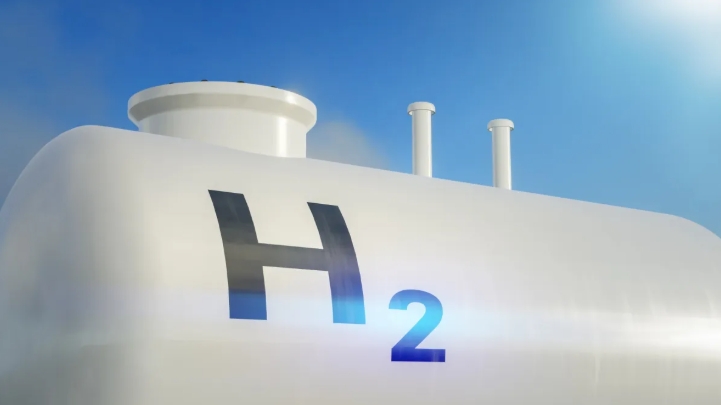
“However, the subsidized gas price of $6 per MMBTU for seven industrial sectors poses a challenge to the competitiveness of green hydrogen,” IESR noted. Erina Mursanti, Green Energy Transition Indonesia project manager at IESR, emphasized the need for robust policies: “Continued reliance on fossil fuels for hydrogen production risks increasing carbon emissions and contradicts Indonesia’s net-zero target.”
With 3,687 gigawatts of renewable energy potential, Indonesia is well-positioned to develop green hydrogen, which is produced via water electrolysis using renewable sources. Green hydrogen is vital for decarbonizing energy-intensive sectors like heavy industry and long-distance transportation. Indonesia’s hydrogen consumption in 2023 reached 1.75 million tons, primarily for urea (88%), ammonia (4%), and oil refining (2%), with most supply coming from carbon-intensive gray hydrogen.
Since 2023, Indonesia has had a national hydrogen strategy to support its 2060 net-zero goal, but a detailed green hydrogen roadmap is still needed. The Ministry of Energy and Mineral Resources is preparing a low-carbon hydrogen and ammonia deployment plan, expected in April, to ensure sustainable production by 2030. IESR urges prioritizing cost-competitive green hydrogen development.
Fabby Tumiwa, IESR’s executive director, highlighted that green hydrogen production is still in trial phases due to high costs. “SOEC is currently the most efficient, requiring only 38 kilowatt-hours of electricity to produce 1 kilogram of hydrogen,” he told Asian Power. To enhance competitiveness, renewable electricity costs must drop below $0.05 per kilowatt-hour through advanced technologies like solid oxide electrolysis cells (SOEC).
Indonesia has established hydrogen refueling stations in Senayan, Daan Mogot, and Karawang in Jakarta, and PLN, the state-owned power company, operates a green hydrogen plant powered by geothermal energy in Kamojang, West Java. “Strong policies, incentives, and strengthened production targets to attract investors are key to realizing our green hydrogen future,” IESR stated. These efforts align with Indonesia’s commitment to sustainable energy and achieving its long-term environmental objectives.